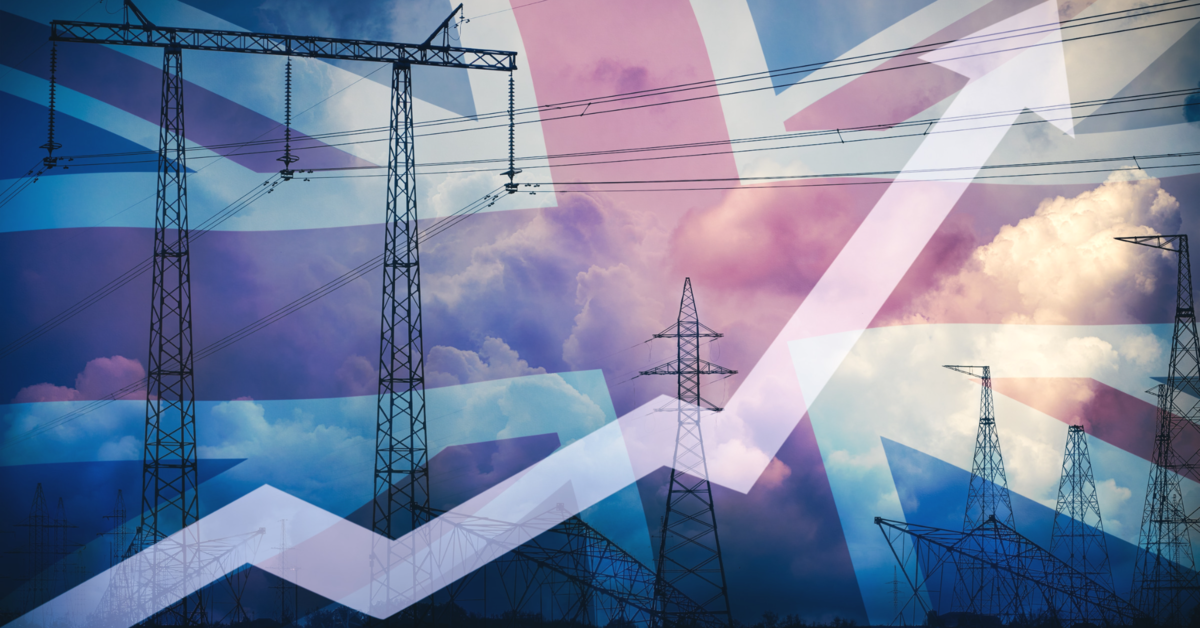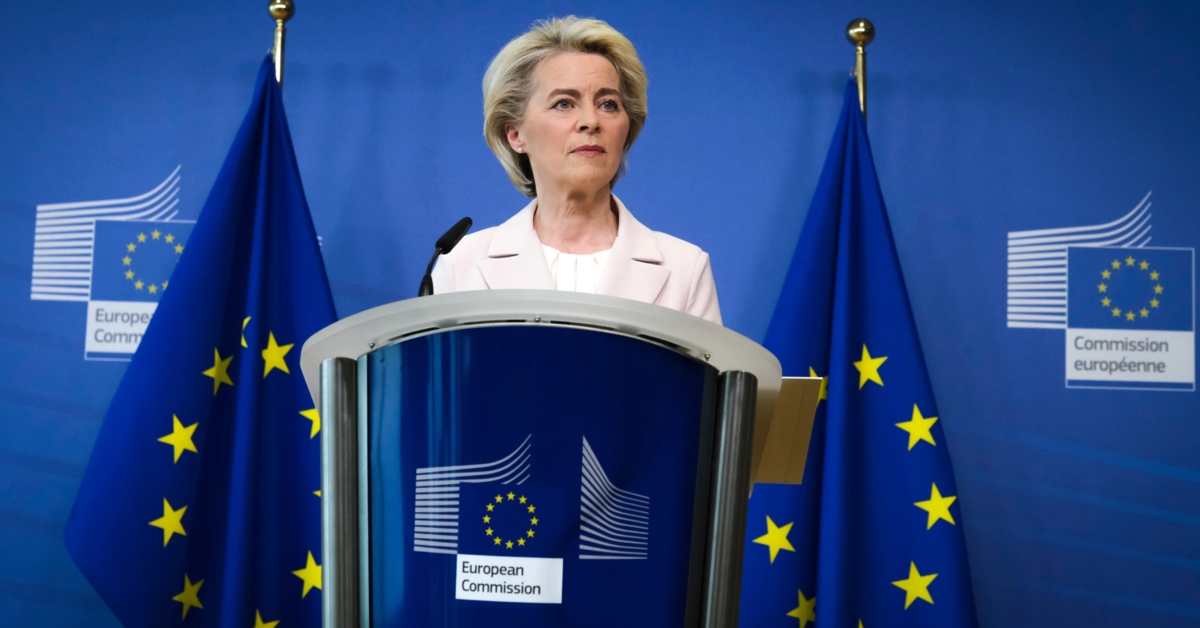Five Facts to Know: Just Energy Transition Partnerships
How to help developing economies decarbonize their energy systems while providing reliable, resilient and affordable energy to vastly underserviced populations are among the most important questions on the global climate agenda. One model that is gaining momentum: Just Energy Transition Partnerships (JETPs). These are multilateral funding agreements— supported by the International Partners Group (IPG) composed of the European Union, the UK, the US, Japan, Germany, France, Italy, Canada, Denmark and Norway—to help emerging economies secure a just transition towards low carbon energy sources, with equity considerations at their core.
Here are five things to know about JETPs:
1. Principles of JETPs
The JETP was launched at COP26 in Glasgow. JETPs focus on fostering domestic energy systems transitions that will allow vast segments of populations who entirely lack access to stable energy sources to benefit from stable and affordable supply, while bearing in mind the need to gradually decarbonize the existing – often fossil fuels based – energy grid. Typically, candidate countries have high (insufficiently exploited) renewable energy potential. Efforts are in line with countries’ Nationally Determined Contributions (NDCs) foreseen under the Paris Agreement to pursue the objective of making best efforts to limit the increase in global temperatures below 1.5C.
JETPs rest on country-led transformation, with international public partners providing the concessional funding necessary to de-risk investment in the transition and crowd in private capital. It involves prioritization of infrastructure needs where social and climate impact is highest, launching pre-feasibility and feasibility studies with the ultimate aim of developing a pipeline of bankable projects with risk allocated to different participants – public and private – according to their risk/reward profiles.
2. Early lessons from South Africa leave some questions unanswered...
South Africa is the world’s 12th largest greenhouse gas emitter and by far the highest in Africa, with coal providing up to 85% of the country’s electricity. In addition, increased frequency of load shedding by its crippled national power utility ESKOM affects the country’s economic prospects and made South Africa the obvious first candidate for the JETP program.
The International Partners Group (with the United Kingdom, France, Germany, the United States and the European Union the initial funders) committed to deploying USD8.5bn in South Africa. 97% of committed resources are in the form of concessional loans leading to increasing the country’s indebtedness and debt service in foreign currency. This is a major issue for highly indebted and inefficient ESKOM. In addition, the country already saddled with a 34% unemployment rate is ill-prepared to handle the loss of thousands of jobs in the coal mining sector that would result from the JETP implementation. In his first quarter 2023 State-of-the-Nation address, President Cyril Ramaphosa highlighted that the transition must be done at a pace the country can afford and that it “must prioritize workers and communities in vulnerable industries and ensure no one is left behind.” Added complexity in the South African JETP is that beyond the power sector, it also aims at developing the electrical vehicle and green hydrogen sectors.
3. ...but the JETP remains an attractive proposition for emerging economies.
“Indonesia is committed to using our energy transition to achieve a green economy.”
– Joko Widodo, President of Indonesia.
Indonesia signed an agreement at the G20 Summit in Bali in November 2022 for a USD20bn package under the JETP. The Indonesian plan is uniquely focused on the power sector with net zero emissions in the energy system to be achieved by 2050. Short-term commitments – power sector emissions are to peak by 2030 – are likely to make the program more solid than the South African one. Indonesia is the world’s largest coal producer after China and India and it invested heavily in coal-fired power plants – accounting for more than 60% of total generation. As in South Africa, employment will be a key issue as the coal mining sector provides jobs to more than 250,000 people – with high regional concentrations and limited alternatives. With already existing overcapacity in coal power generation, fear of being saddled with stranded assets - new coal power plants will not be granted permitting anymore. Financial resources for the JETP will mainly be deployed as guarantees and concessional loans.
In December 2022 the IPG also approved the JETP for Vietnam – with pledges of USD7.5bn in public finance on concessional terms. Under the program, Vietnam commits to accelerating decarbonizing its power sector to peak energy–related emissions by 2030. The IPG will work with Vietnam and investors to reduce the country’s existing project pipeline for coal-fired generation; provide a credible pathway to phasing out unabated coal-fired power generation; and accelerate the deployment of renewable energy to sustain a reliable grid and achieve close to 50% of electricity generation coming from renewables by 2030.
Negotiations with Senegal – to reduce its reliance on oil-generated electricity - working to transition down from 75% oil-generated energy has also started.
4. Some additional ideas have emerged...
With the backing of the Bezos Earth Fund and the Rockefeller Foundation, the United States has proposed a strategy that would see developing countries or JETP recipients bundle emission reductions into voluntary carbon credits to be sold to corporate emitters. The US is consulting stakeholders and hopes to announce details about how the market might function later this year at COP28. The USD2bn voluntary carbon credit market, however, remains unregulated and saddled by quality and additionality issues.
5. ...but options need to be carefully considered.
Low-cost options for more efficient use of energy also exist, including better forecasting for supply and demand, more sophisticated grid management, and improved power market design. These interventions will require policy certainty that goes beyond elected mandates, technical assistance support embedded in energy and planning ministries as well as capacity building in prioritizing required infrastructure and the funding of pre-feasibility/feasibility studies.
Renewable energy generation is already cost-competitive and could be ramped up rapidly – but ensuring baseload and overall energy system reliability will remain a challenge in the near term. Intermediary solutions would include natural gas systems as well as green hydrogen and will require flexible and adaptable infrastructure.



